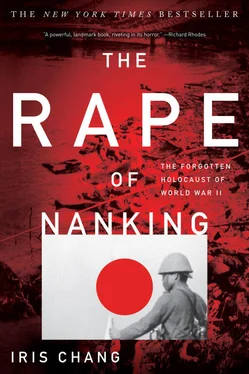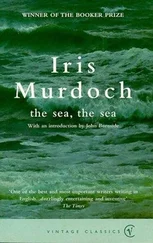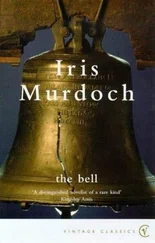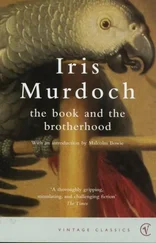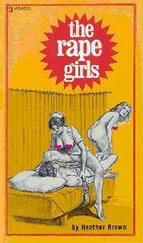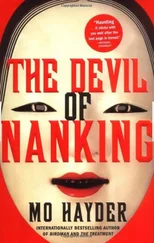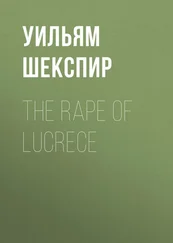But the U.S. government did not disclose to the public what it knew at the time and even contributed to Japanese censorship of the truth. For example, Norman Alley, the Universal newsreel man, had shot fifty-three hundred-foot rolls of movie film of the Japanese attack on the Panay, but before the film was released to the theaters, President Roosevelt asked him to excise some thirty feet of film that revealed several Japanese bombers shooting at the gunboat at nearly deck level. Alley agreed, even though those thirty feet were probably the best images in the entire film and certainly the most damning to the Japanese government. Hamilton Darby Perry, author of The Panay Incident, believes that Roosevelt wanted to give credence to the Japanese excuse that the attack was a case of mistaken identity, not deliberate design. No doubt the U.S. government was anxious to reach a financial and diplomatic settlement with the Japanese over the bombing and knew that those thirty feet of film would have made such a settlement impossible.
Japanese attempts to influence public opinion were nothing new. Even before the Rape of Nanking, the American intelligence community had seen the Japanese plans, marked “utmost secrecy,” to spread favorable propaganda of themselves in the United States. The Japanese government also had a large budget for wooing influential newspaper men, advertising in major newspapers and radio stations, and printing pamphlets and leaflets.
But during the Rape of Nanking the Japanese faced a public relations disaster so titanic it seems almost ridiculous today that they even tried to cover it up. Instead of bringing a measure of discipline to their forces in Nanking, the Japanese marshaled together their resources to launch a blitz of propaganda, which they hoped would somehow obscure the details of one of the greatest bloodbaths of world history.
The Japanese media first proclaimed that all was well and good in the city of Nanking. On December 20, Robert Wilson heard that Domei, the Japanese news agency, had reported that the Nanking population was returning home and everything was normal. “If that is all the news coming out of Nanking, it is due for a big shake up when the real news breaks,” Wilson wrote.
Then the Japanese government authorized carefully prepared tours of the city for Japanese visitors. A week after the Domei report, a Japanese merchant ship arrived in Nanking from Shanghai, crowded with Japanese sightseers. “Carefully they were herded through the few streets now cleared of corpses,” George Fitch wrote of the visit. “Graciously they passed sweets to Chinese children and patted their frightened heads.” A number of ladies accompanied Japanese business representatives on a tour of the city, and Fitch observed that they seemed “tremendously pleased with themselves, also with Japan’s wonderful victory, but of course they hear nothing of the real truth—nor does the rest of the world, I suppose.”
In January Japanese newsmen came to Nanking to stage pictures of the city for distribution throughout Japan and the rest of the world. On New Year’s Eve the Japanese embassy called together the Chinese managers of the refugee camps for a meeting and told them that “spontaneous” celebrations were to be held in the city the next day. The Chinese were ordered to make thousands of Japanese flags and carry them about in a parade for a motion picture that would illustrate crowds of joyful residents welcoming Japanese soldiers. Japanese photographers also came to Nanking to take pictures of Chinese children receiving medical care from a Japanese army doctor and candy from Japanese soldiers. “But,” Lewis Smythe wrote in a letter to his friends, “these acts were not repeated when no camera was around!”
The rankest example of Japanese propaganda was an article that appeared on January 8, 1938, in the Sin Shun Pao, a Japanese-controlled newspaper in Shanghai. Under the headline “The Harmonious Atmosphere of Nanking City Develops Enjoyably,” the article claimed that “the Imperial Army entered the city, put their bayonets into their sheaths, and stretched forth merciful hands in order to examine and heal,” giving the starving and sick masses in Nanking medical aid and food.
Men and women, old and young, bent down to kneel in salutation to the Imperial Army, expressing their respectful intention…. The vast hordes gathered around the soldiers beneath the sun flag and red cross flag shouting “Banzai” in order to express their gratitude…. Soldiers and the Chinese children are happy together, playing joyfully on the slides. Nanking is now the best place for all countries to watch, for here one breathes the atmosphere of peaceful residence and happy work.
Japanese attempts to gloss over the entire massacre with hokum provoked incredulous responses in the surviving missionary diaries. Here are a few samples:
From the diary of James McCallum, January 9, 1938:
Now the Japanese are trying to discredit our efforts in the Safety Zone. They threaten and intimidate the poor Chinese into repudiating what we have said…. Some of the Chinese are even ready to prove that the looting, raping and burning was done by the Chinese and not the Japanese. I feel sometimes that we have been dealing with maniacs and idiots and I marvel that all of us foreigners have come through this ordeal alive.
From the diary of George Fitch, January 11, 1938:
…we have seen a couple of issues of a Shanghai Japanese newspaper and two of the Tokyo Nichi Nichi. Those tell us that even as early as December 28th the stores were rapidly opening up and business returning to normal, that the Japanese were cooperating with us in feeding the poor refugees, that the city had been cleared of Chinese looters, and that peace and order now reigned! Well, we’d be tempted to laugh if it wasn’t so tragic. It is typical of the lies Japan has been sending abroad ever since the war started.
From the diary of George Fitch, reprinted in Reader’s Digest :
In March, a government radio station in Tokyo flashed this message to the world: “Hoodlums responsible for so many deaths and such destruction of property in Nanking have been captured and executed. They were found to be discontented soldiers from Chiang Kai-shek’s brigades. Now all is quiet and the Japanese army is feeding 300,000 refugees.”
From a letter written by Lewis Smythe and his wife on March 8, 1938:
Now the latest is from the Japanese paper that they have found eleven Chinese armed robbers who were to blame for it all! Well, if they each raped from 100 to 200 women per night and day for two weeks and got away with the reported $50,000 they were pretty powerful Chinese…
Leaflets were another form of Japanese propaganda. During the mass executions Japanese army planes inundated the Nanking population with messages dropped from the air; for example: “All good Chinese who return to their homes will be fed and clothed. Japan wants to be a good neighbor to those Chinese not fooled by monsters who are Chiang Kai-shek’s soldiers.” The leaflets displayed colorful pictures of a handsome Japanese soldier holding a Chinese child (“Christ-like,” as one observer put it) in his arms, with a Chinese mother at his feet bowing her thanks for bags of rice. According to George Fitch, thousands of Chinese actually left the refugee camps for their ruined homes the day the leaflets were dropped.
The Japanese also pasted bright, colorful posters on or near houses in which tragedies had occurred. One featured a Japanese soldier carrying a small child while giving a bucket of rice to his mother and sugar and other food to the father. A German diplomatic report described the poster as depicting “a charming, lovable soldier with cooking implements in hand who carries on his shoulder a Chinese child whose poor but honest Chinese farming parents gaze up at him (the soldier) full of thankfulness and family happiness, up to the good uncle.” The writing on the upper right corner said: “Return to your homes! We will give you rice to eat! Trust and rely on the Japanese army, you can get help!”
Читать дальше
